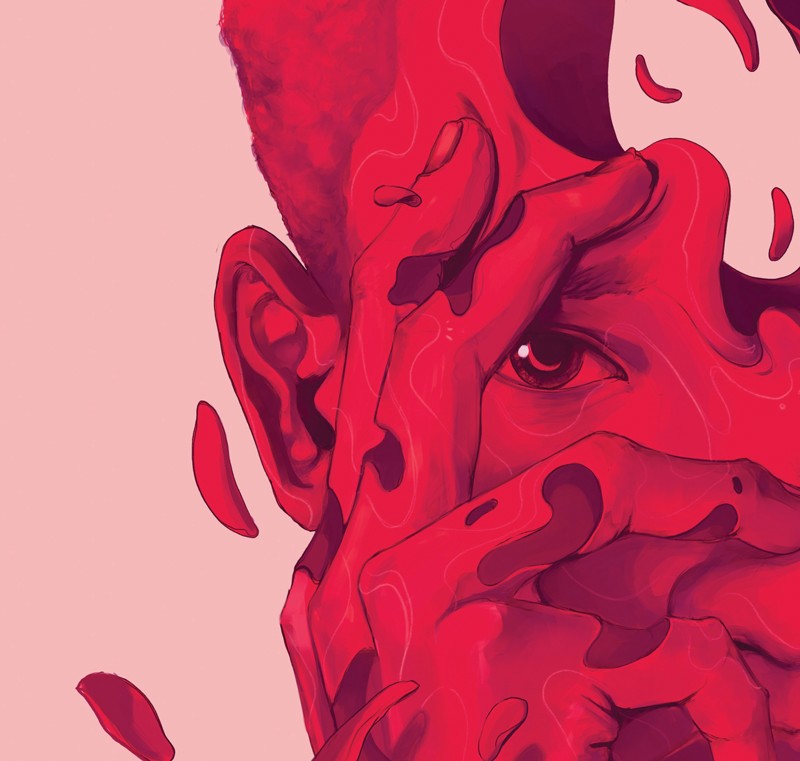
Cells at Work! Work in the Body
The celebrations for the 30th anniversary of Yamato Animation continue. This time to land on the channel, in a dubbed version in Italian, the anime Cells at Work! Work in Body, adaptation of Akane Shimizu's manga of the same name published in Italy by Star Comics.The Italian cast includes: Emanuela Ionica in the role of Eritrocita AE3803, Massimo Triggiani in the role of Leucocyte U-1146 and Federico Zanandrea as Pneumococco.
Below the trailer:
Cells at Work! Work in the Body: anime and manga
The first anime season of Cells at Work! Work in the Body was broadcast on July 7, 2018 and arrived in Italy in subtitled version on Yamato Animation's YouTube channel on August 2, 2018.On January 9, 2021, the second anime season debuted, which ended with the episode 8 on February 27, 2021 and the anime based on the spin-off Cells at Work! Black by Shigemitsu Harada (also known in Italy for Yuria Type 100 published by Magic Press) and Issei Hatsuyoshi consisting of 13 episodes.
The anime of Cells at Work! Works in the Body are available in free streaming on Yamato Animation in subtitled edition and the first season was also broadcast by Man-Ga.
The manga Cells at Work - Works in the Body by Akane Shimizu has been published for the first time on January 26, 2015 on the pages of the monthly Shonen Sirius of Kodansha and ended in Japan on February 9, 2021.
Cells at Work! Work in the Body is published in Italy by the Star Comics publishing house with 5 volumes available. Volume 6, which will conclude the series, will also be released in limited edition in September while the various spin-off series and the light novel remain unpublished.
This is the plot:
The human body is a complex machine in which a myriad of components must perform their task in perfect synchrony. In the midst of this frenetic activity, a young and inexperienced red blood cell struggling with its first oxygen delivery discovers that one of the most important tasks is defense from external aggressors ... the work of white blood cells!
Want to know more about pneumococci, allergy, flu and abrasions? Then don't miss the first, hilarious volume of this revelation series that mixes irony, action and fighting in full Shonen style!
Take a look at this wonderful white blood cell figure available on Amazon!
Sickle-cell disease


Credit: Taj Francis
Every parent or carer wants the best for their children, but sometimes biological miscues obstruct that universal hope. This is especially the case with sickle-cell disease, a disorder in which red blood cells take on an abnormal shape described as a crescent or sickle. This malformation restricts oxygen delivery to the body, leading to severe pain and organ damage. The disease is found mainly in people of African descent, although hotspots also exist in India and the Middle East.
Sickle-cell disease arises from a single genetic mutation. This makes it an attractive target for gene therapy: replacing or repairing the mutated gene could provide a cure. At least ten trials of gene therapy for sickle cell are under way. Early data are encouraging, although safety questions linger, and progress could be accelerated by increasing the participation of people of African descent in studies of the disease.
Tinkering with the gene is not the only path to treatment that is being explored. The past few years have brought a flurry of drugs that work by changing the physiology of the blood cells, using various techniques to prevent sickling despite the genetic defect. Scientists are also developing ways to mitigate the pain caused by the disease — both the excruciating, temporary crises that people with the disease experience, and the chronic pain that accumulates over years of living with a malfunctioning circulatory system.
As therapy improves, more people with the disease are surviving to adulthood. This is good news, but it is also exposing a major deficiency in the US health-care system: although children are typically well-catered for, there is a lack of health-care resources devoted to adults. In addition, the (mainly Black) adults with the disease encounter racism when they interact with the medical system in a way that children mostly do not.
At the sickle-cell epicentre — sub-Saharan Africa — several countries have started to screen infants for the disease. The hope is that early treatment, such as with penicillin, will give these children the best possible chances for a comfortable life while waiting for a true cure.
We are pleased to acknowledge the financial support of CSL Behring in producing this Outlook. As always, Nature retains sole responsibility for all editorial content.